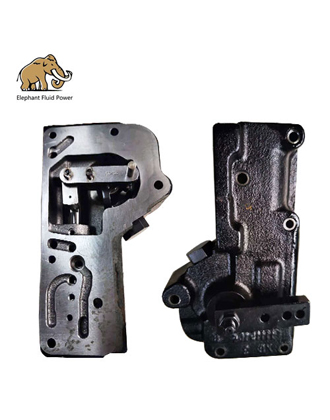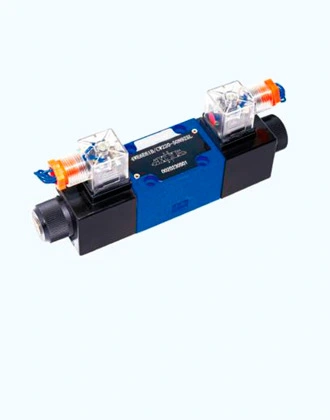Hydraulic control directional valve, referred to as directional valve, is mainly used to turn on and off the oil circuit or switch the direction of oil flow to meet the requirements for the start, stop and movement direction of the actuator. According to their use, it can be divided into two categories: check valves and directional valves.
Check valves:
Check valves, also known as check valves, have the function of making oil flow only in one direction. According to the different spool structure, check valves can be divided into two types: ball valve type and poppet valve type. The ball valve type spool has a simple structure, but it is easy to deteriorate the sealing due to friction, and is only used in low-pressure occasions. The poppet valve type is more used and has good sealing. According to the channel situation in the valve, it can be divided into straight type and right angle type. The straight-through fluid flow resistance is small, and it is more convenient to replace the spring, generally using a tube connection, while the right angle type can be connected by a tube connection, and can be connected by a plate or a flange.
The main function of the spring in a check valve is to help the valve close quickly when no oil flows through or the oil back flows, but it also increases the resistance when the valve is opened and becomes the main part of the pressure loss when the oil flows through the check valve. While not affecting the sensitivity and reliability of the valve, the spring should be made softer. Generally, the opening pressure of the check valve is 0.035~0.05MPa, and the pressure loss when the total flow passes is about 0.1~0.3MPa.
Directional valves:
The function of the directional valve is to use the relative movement of the spool and the valve body to turn on, close the oil circuit or change the flow direction of the oil to the actuator, so that the actuator starts, stops or changes the direction of movement.
The directional valve is divided into rotary valve type and spool valve type according to the structure; According to the number of valve core working positions, there are two, three and multiple positions; According to the number of import and export channels, there are two, three, four and five links; According to the operation and control mode, it is divided into manual, motorized, electric, hydraulic and electric hydraulic; According to the installation method, it is divided into tube type, plate type and flange type.
Rotary valve:
The rotary valve changes the flow direction of the oil by using the rotation of the spool relative to the valve body. This valve has three working positions, four ports, and is manually operated, so it is called a three-way four-way rotary valve manual directional valve. The sealing performance of the rotary valve is poor, and the radial force is unbalanced, which is generally used in low-pressure, small-flow systems.
Spool valve:
The spool valve changes the flow direction of the oil by using the axial displacement of the spool relative to the valve body. The directional valve changes the left and right positions, even if the actuator changes the direction of movement. This valve is called a two-position four-way spool type solenoid directional valve because it has two working positions and four ports, and the spool moves by the thrust of the solenoid.
The above is the introduction of hydraulic control directional valve, Elephant Fluid Power also has a very rich experience in the production of hydraulic control directional valve, Elephant Fluid Power has three professional production lines, can produce the products required by customers, at the same time, Elephant Fluid Power also has a very developed sales network, customers in more than 30 countries around the world, choose Elephant Fluid Power, you will have a very pleasant experience.
Hydraulic directional valve diagram
Hydraulic directional valve troubleshooting
Hydraulic directional valve symbols
Hydraulic directional control valve types
 French
French
 Portuguese
Portuguese
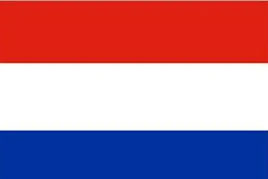 Russian
Russian
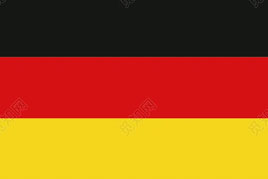 German
German
 Spanish
Spanish
 Japanese
Japanese
 Korean
Korean
 Irish
Irish
 Greek
Greek
 Turkish
Turkish
 Italian
Italian
 Danish
Danish
 Romanian
Romanian
 Indonesian
Indonesian
 Czech
Czech
 Afrikaans
Afrikaans
 Swedish
Swedish
 Polish
Polish
 Basque
Basque
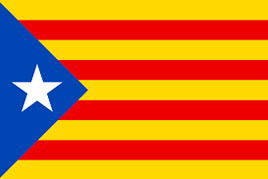 Catalan
Catalan
 Esperanto
Esperanto
 Hindi
Hindi
 Lao
Lao
 Albanian
Albanian
 Amharic
Amharic
 Armenian
Armenian
 Azerbaijani
Azerbaijani
 Belarusian
Belarusian
 Bengali
Bengali
 Bosnian
Bosnian
 Bulgarian
Bulgarian
 Cebuano
Cebuano
 Chichewa
Chichewa
 Corsican
Corsican
 Croatian
Croatian
 Dutch
Dutch
 Estonian
Estonian
 Filipino
Filipino
 Finnish
Finnish
 Frisian
Frisian
 Galician
Galician
 Georgian
Georgian
 Gujarati
Gujarati
 Haitian
Haitian
 Hausa
Hausa
 Hawaiian
Hawaiian
 Hebrew
Hebrew
 Hmong
Hmong
 Hungarian
Hungarian
 Icelandic
Icelandic
 Igbo
Igbo
 Javanese
Javanese
 Kannada
Kannada
 Kazakh
Kazakh
 Khmer
Khmer
 Kurdish
Kurdish
 Kyrgyz
Kyrgyz
 Latin
Latin
 Latvian
Latvian
 Lithuanian
Lithuanian
 Luxembourg
Luxembourg
 Macedoniar
Macedoniar
 Malagasy
Malagasy
 Malay
Malay
 Malayalam
Malayalam
 Maltese
Maltese
 Maori
Maori
 Marathi
Marathi
 Mongolian
Mongolian
 Burmese
Burmese
 Nepali
Nepali
 Norwegian
Norwegian
 Pashto
Pashto
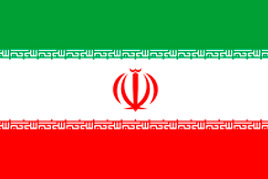 Persian
Persian
 Punjabi
Punjabi
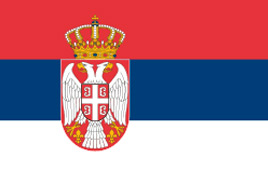 Serbian
Serbian
 Sesotho
Sesotho
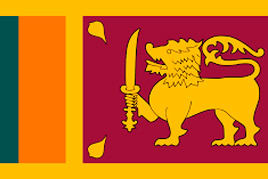 Sinhala
Sinhala
 Slovak
Slovak
 Slovenian
Slovenian
 Somali
Somali
 Samoan
Samoan
 Scots Gaelic
Scots Gaelic
 Shona
Shona
 Sindhi
Sindhi
 Sundanese
Sundanese
 Swahili
Swahili
 Tajik
Tajik
 Tamil
Tamil
 Telugu
Telugu
 Thai
Thai
 Ukrainian
Ukrainian
 Urdu
Urdu
 Uzbek
Uzbek
 Vietnamese
Vietnamese
 Welsh
Welsh
 Xhosa
Xhosa
 Yiddish
Yiddish
 Yoruba
Yoruba
 Zulu
Zulu


